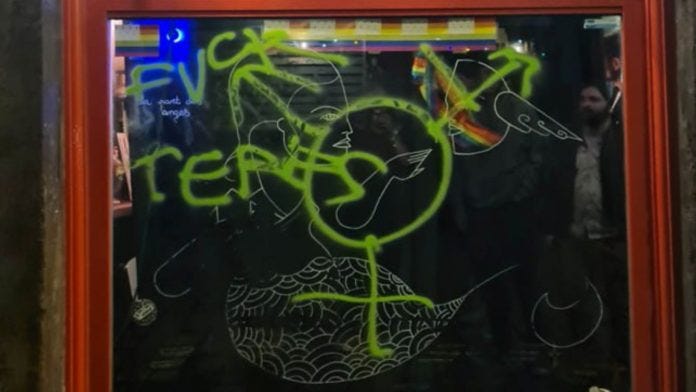The Mystery of the Disappearing Lesbian Bars
A queer whodunit

If you’re connected at all to lesbian or even to wider gay circles, then you’ve likely heard that lesbian bars are dying out. It’s true. In the late 1980s, there were more than 200 lesbian bars in the United States. Now, most major cities don’t have even one.
Things got so dire that the Lesbian Bar Project was created in 2020 with a 30-day fundraising campaign to support the few lesbian bars that remained. Despite these efforts, a Smithsonian piece declared in January 2021 that there were only “15 nightlife spaces dedicated to queer and gay women” remaining in the United States. Later that year, PBS put the number at 21. Whatever the actual number was, it’s clear that lesbian bars were and continue to be on a downward tailspin.
But, for some reason, the good, progressive, inclusive, “LGBTQIA++” community just can’t seem to figure out why.
Well, one brave wri…



